Ideas For Your Own Soil Building Campaign
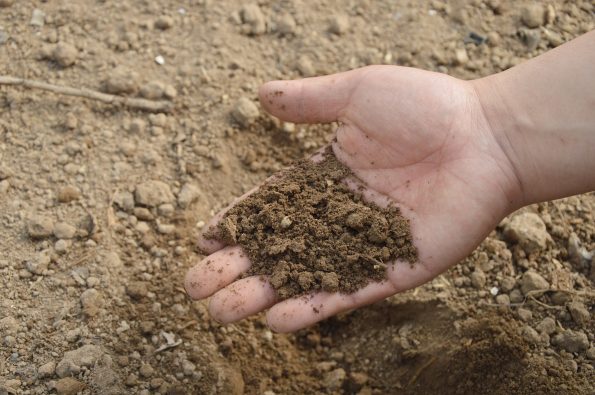
Someone once said that there are more microorganisms in a handful of healthy soil than there are people in the world. That should tell you that healthy soil isn’t just dirt; it’s literally alive!
Over the past few decades we have come to understand much more about soil building than we used to. Much of this understanding has come from observing nature at work. Science has also been a big help in comprehending what we can’t see with the naked eye.
Nature
The next time you go for on hike or venture through a lush natural setting, take notice of what you see. There is likely an abundance of local plant and insect life that is thriving when left undisturbed. Natural soil building has taken place over time and the presence of abundant native plants, animals and insects indicate a healthy ecosystem.
Now obviously not all natural environments are like this and that’s just how things are. It is one of the reasons land available for agriculture is limited. However, our goal as natural/organic oriented gardeners is to mimic these high production areas.
Some things you won’t notice with the absence of humans: evidence of tilled soil, raked leaves, trash, unnatural fertilizer use. Okay, maybe you can’t actually see that last one. The point is that nature has a way of balancing and harmonizing. something that conventional growing methods have left behind.
Many modern agricultural methods are a detriment to soil. Some scientists believe that if these methods are continued then we will only be able to use current agricultural land for about 60 years.

Sustainability
I don’t know about you, but I want my kids and grandkids to be able to eat healthy long after I’m gone. There is much more to healthy soil building than our own gardens.
We need a shift in the agricultural system as a whole to bring about this kind of change. I’m very passionate about this topic and could write much about it, but for now, I’ll step off this soap box.
Anyways, chances are you’re not reading this because you’re a farmer. You are probably trying to find out what soil building can do for you.
It can do a great deal, but here’s the caveat; if you want to do it yourself the right way (and inexpensively) it is going to take time. So if you live in a place you don’t intend to stay for long, purchasing what is necessary to amend your soil may be your best option. Or simply planting in pots and buying bagged soil can work great as well.
Test Your Soil
Let’s begin with the most basic thing you should do before you start digging. Get your soil tested. You can certainly buy a soil test kit from a local store or buy them online.
Another option is contact your local cooperative extension office. In fact, if you’re brand new to gardening, it could be a good idea to reach out to them before you do anything. They can provide a wealth of information on what/how to grow in your area and what challenges you may face. And chances are their soil tests will be pretty thorough.
Test Your pH
A soil test can give you a breakdown of what your soil is lacking. This will give you an idea of what amendments you may need to add to your soil. If testing the pH is not a part of your soil test, then also buy a pH test kit.
Many plants tend to like slightly acidic soil. Where a pH of 7 is neutral, ideally you will want your soil to between 6 (slightly acidic) and 7. When you test the pH of your soil and discover it is above or below this ideal spot, then you can further learn what you need to amend with.
Please keep in mind that what you intend to plant will make a difference in how you make soil amendments. Like people, different plants prefer different things.
For example, blueberries like soil with a pH from around 4.8 to 5.5. Peppers are happy between 6.0-8.0, most likely depending on the variety. So plan for this when developing your soil building strategy.
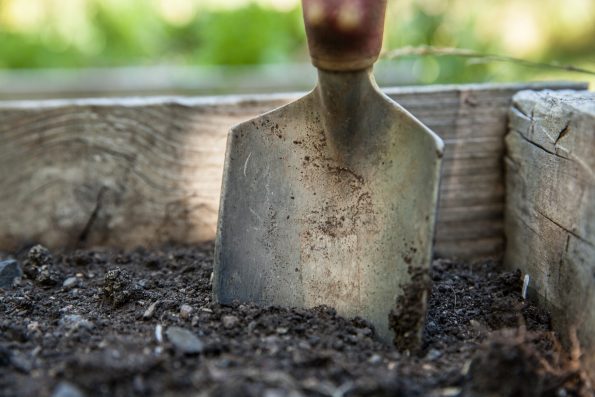
If your soil is too acidic, you can raise pH by adding agricultural lime. Too alkaline? Pour vinegar all over it!… Just kidding! Going about this the organic way, you will want to add more nitrogen boosting amendments like compost and manure. This will lower pH slightly.
If your needs require the soil to be lowered by a larger amount, then elemental sulfur (Flowers of Sulfur) will do the trick. However, this does take time so plan accordingly. Usually adjusting soil pH doesn’t happen over night.
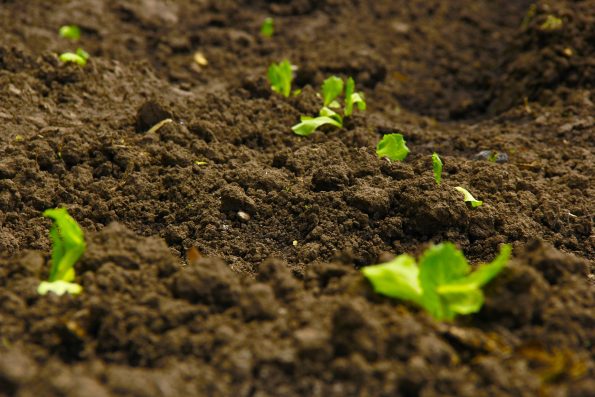
Amending Your Soil
Amending your soil may be one of the first things you should consider. Amendments can range from compost to sand or other things like rocks depending on your native soil needs.
Where I live at in Michigan is mostly clay. When I lived in Florida the soil was very sandy. Soil structure where you live will likely differ from other areas. One thing you want is soil that drains very well.
Last year when building my raised bed I added some peat moss, compost, and sand in order to help it drain a little better. Not sure I added nearly enough sand, but the bed still yielded very well.
Hugelkultur
Hugelkultur is an interesting technique becoming popular these days, though it has been used for hundreds of years. It is the German word for mound culture or hill culture. If you are interested in a raised bed style garden and have an abundance of logs, plant waste, branches and compost at your disposal this could be a good fit for you.
If you are interested in a raised bed style garden and have an abundance of logs, plant waste, branches and grass clippings at your disposal then this could be a good fit for you.
I am personally building one of these on the other side of my backyard. We have woods behind our house with an abundance of dead trees lying around. I can easily bring them back home and bury them. Like many others, I plan to dig a pit about one foot down and start piling everything in largest to smallest.
The soil I dig up will be placed back on top. This permacultural technique is designed to break down over time getting better as time goes on. Another advantage is that they require less watering.
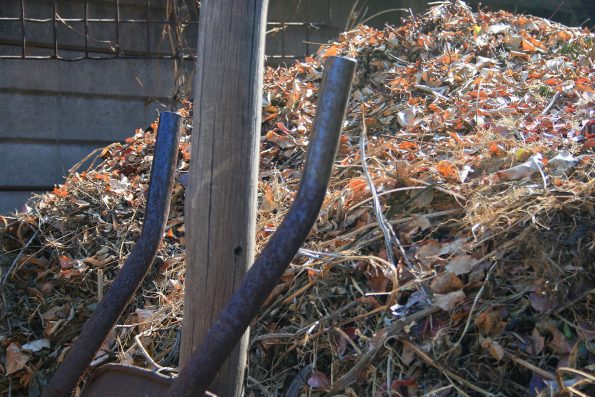
Compost
Back to what I started saying earlier, the long game approach to soil building involves time for things to break down. Same way it would happen in nature.
Obviously, as a gardener, you are tinkering with the soil to change how it naturally is already. Building your own compost would be a great place to start and there are many ways to go about it.
Keep in mind that in nature compost happens naturally. Fallen leaves and dead plants give way to fungi and bacteria that decompose them. These microbes are extremely important to soil health.
Underneath the soil are where worms and other underground-dwelling creatures dig tunnels and provide aeration. If you build your own compost, you’ll need to provide the aeration. That is… if you want it done faster.
Aeration provided by worms allows for better water drainage and more efficient water usage for surrounding plants. It also supports the aerobic bacteria that break everything down.
The waste that worms leave behind also makes fantastic plant food. Worm castings, by the way, are also an excellent addition to your garden soil. You can even use worms to create your own compost.
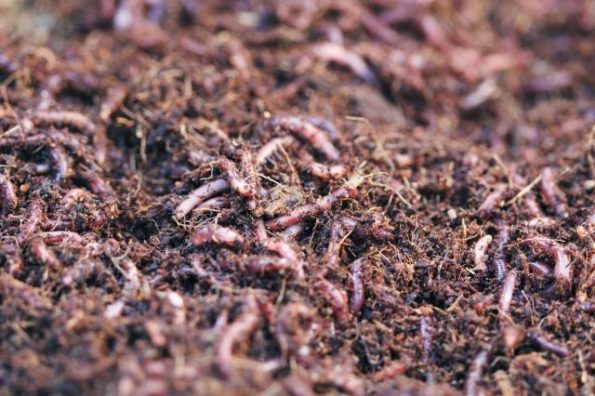
Cover Crops
Another long game approach to soil building is to plant cover crops. This is a method often used in farming. It involves planting a different type of crop in the same soil that your main crop is produced during it’s “off season.”
Most of the time these crops are chosen for the benefits they can add back to the soil, like nitrogen.
There are many options for cover crops. Often they are planted over winter and aren’t something you plan to harvest and eat or sell. That being said if you live up north like I do, not much grows in the winter. So your options may be very limited.
Be sure to consider that whatever you plant can easily be removed. Farmers sometimes plant rye grasses over winter. But then they spray with herbicide to kill it during the spring, because how else are they gonna get rid of it?
That is NOT a good soil building technique though. Herbicides and anything unnatural should be avoided.
Shallow Till / No Till
One thing you won’t see in nature is tilled soil. At least not like humans do. True, many animals, like pigs, root around for food in the soil. But, they don’t go very deep.
Something modern organic growers have learned is that good soil is its own ecosystem. It is home to many beneficial bacteria, fungi, insects and worms. All of these work in tandem to keep their home healthy. They have symbiotic relationships that benefit all, especially plants.
All of these work in tandem to keep their home healthy. They have symbiotic relationships that benefit all, especially plants.
That is why it is now suggested not to till your soil. And if you do, don’t go deep. Disturbing this ecosystem can kill off many of its beneficial dwellers.
Now having said that, bear in mind that things are a little different when you are in the very beginning stages of soil building. Tilling deep to remove unwanted debris like rocks, etc. can be good.
Also, if you are amending the soil with things like compost, peat moss, or sand then getting down deep to begin your soil building campaign isn’t such a bad thing. Just leave it alone afterward.
Conclusion
I hope you found this article useful and that it at least got you pointed in the right direction. Most of the topics mentioned above were not covered in depth. However, I have made follow-up posts to expand on them. Each is linked to in their respective session. If you liked this please share and subscribe below for more from Grow To Save!
obviously like your website but you have to check the spelling on several of your posts. Several of them are rife with spelling problems and I find it very bothersome to tell the truth nevertheless Ill definitely come back again. eadacfackfde
Hi and thanks for your feedback. I actually use a grammar and spell checker as I write to avoid these mistakes. So would you mind pointing out what you’re talking about so I can see? Thanks.
Keep up the good work! Thanks.